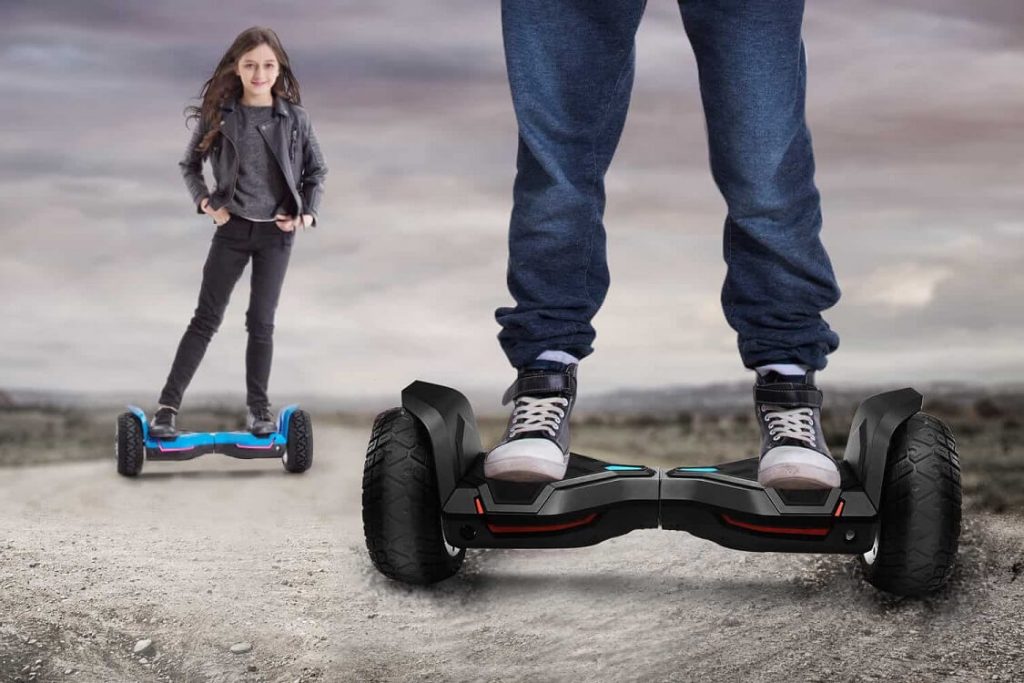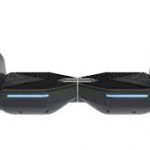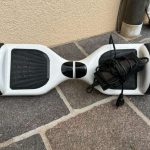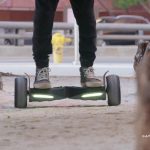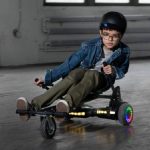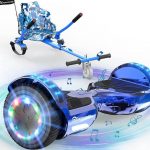Hoverboards have revolutionized personal transportation, whisking riders into a world of futuristic adventure and convenience. These self-balancing marvels combine technology and fun in a seamless dance of balance and control. If you’re eager to join the ranks of hoverboard enthusiasts and want to know how to ride one like a pro, fear not! In this guide, we’ll take you on a journey to master the art of hoverboarding, paving the way for endless hours of thrill and enjoyment.
How Hard Is It to Ride a Hoverboard
- Choose the Right Hoverboard;
- Safety First;
- Getting Started;
- Finding Your Balance;
- Mastering the Movement;
- Practice Makes Perfect;
- Nailing the Turns;
- Mastering Advanced Techniques;
- Riding Etiquette.
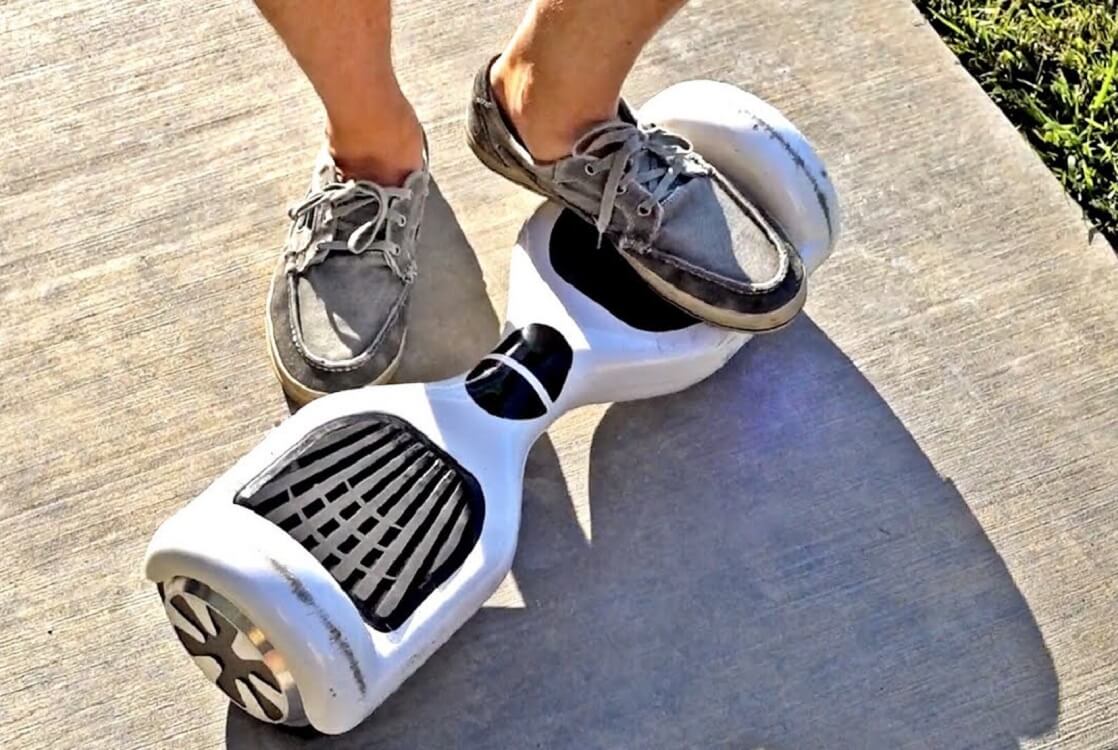
| Rule | Description | Importance |
|---|---|---|
| Choose the Right Hoverboard | Select a suitable hoverboard with appropriate features and safety standards. | Very Important |
| Safety First | Prioritize safety by wearing protective gear, including helmets, knee pads, elbow pads, and wrist guards. | Essential |
| Getting Started | Start by standing on the hoverboard with feet shoulder-width apart on a flat surface. | Fundamental |
| Finding Your Balance | Focus on maintaining balance and avoid leaning too far forward or backward. | Crucial |
| Mastering the Movement | Learn how to move forward and backward by applying pressure on the footpads. | Vital |
| Practice Makes Perfect | Regular practice in open spaces with minimal obstructions helps build confidence. | Essential |
| Nailing the Turns | Master the art of executing smooth turns by shifting your weight in the desired direction. | Important |
| Mastering Advanced Techniques | Progress to advanced tricks like 180-degree turns or riding backward with caution. | Progressive |
| Riding Etiquette | Practice good hoverboarding etiquette when riding in public spaces, being mindful of others. | Social Responsibility |
Note: The importance levels in the table are subjective and may vary depending on individual preferences and experiences. All the rules are crucial for safe and enjoyable hoverboarding, but some rules may carry greater significance based on the rider’s skill level and environment.
Choose the Right Hoverboard
Before diving into the exhilarating world of hoverboarding, selecting the perfect board is crucial. Consider factors like wheel size, battery life, and weight capacity based on your preferences and needs. Opt for a reputable brand that adheres to safety standards and provides a smooth riding experience.
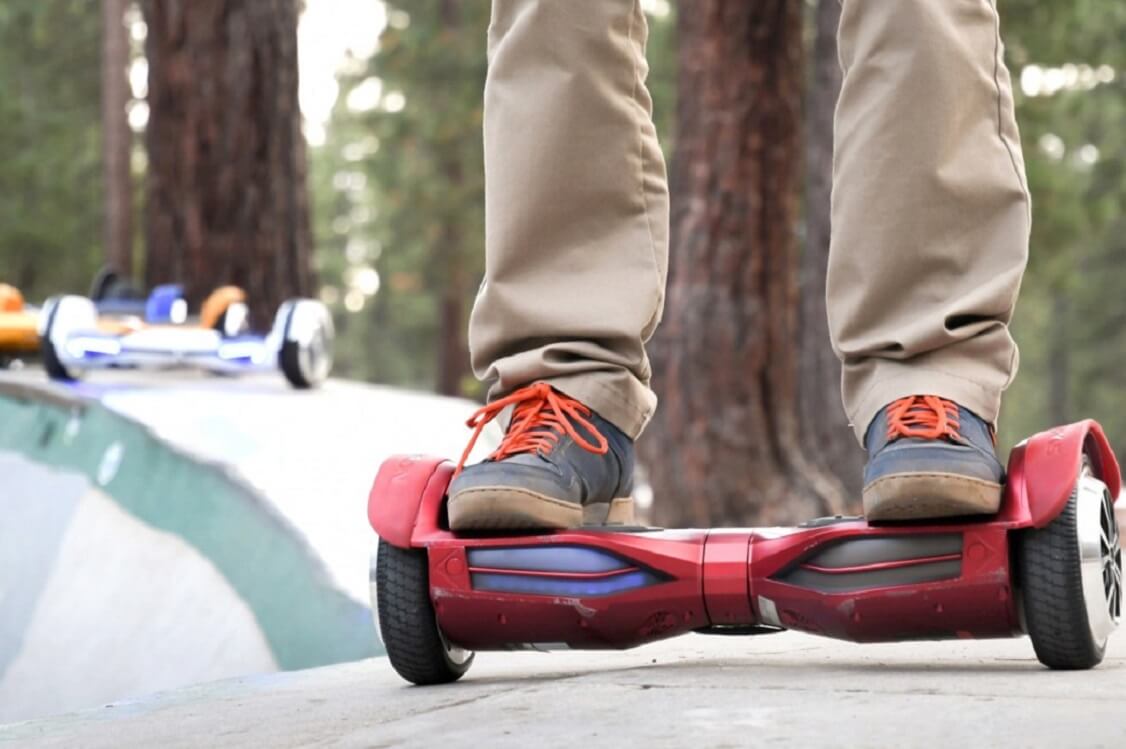
Selecting the right hoverboard is paramount to ensure a smooth and enjoyable ride. When choosing your perfect match, consider factors such as wheel size, battery life, weight capacity, and overall build quality. A hoverboard with larger wheels provides better stability and maneuverability, while a powerful and long-lasting battery ensures extended ride times.
Additionally, check the weight capacity to ensure it accommodates your body size comfortably. Opt for reputable brands known for adhering to safety standards, as this guarantees a reliable and safe riding experience. By investing time in selecting the ideal hoverboard, you set the foundation for a thrilling and hassle-free journey into the world of hoverboarding.
Safety First
Hoverboarding is all about fun, but safety must always take precedence. Start by donning essential protective gear such as a helmet, knee pads, elbow pads, and wrist guards. These will not only boost your confidence but also safeguard you against potential spills during the learning process.
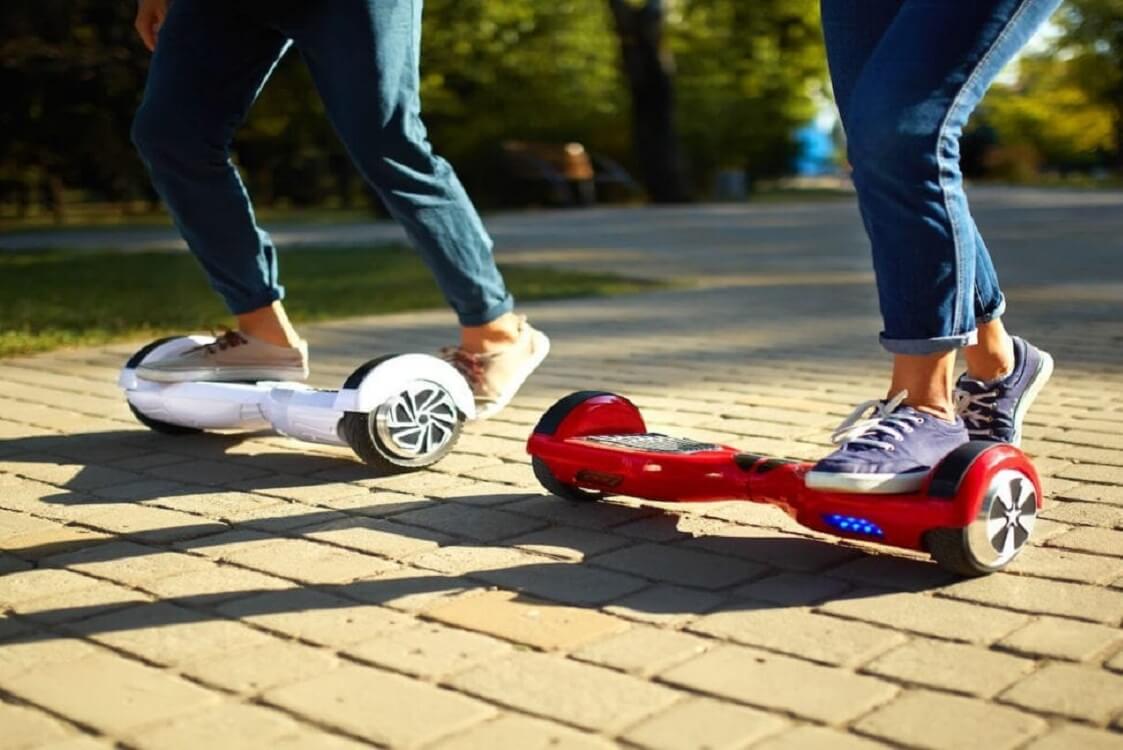
When it comes to hoverboarding, “Safety First” should be your motto from the moment you step onto the board. The exhilaration of gliding effortlessly can sometimes overshadow the importance of protective gear, but it should never be overlooked. Always wear a certified helmet, knee pads, elbow pads, and wrist guards before embarking on your hoverboard adventure. These essential pieces of gear not only shield you from potential injuries in case of a fall but also instill confidence as you master your balance and riding skills.
Prioritizing safety not only safeguards you but also sets a responsible example for others, ensuring that hoverboarding remains an enjoyable and risk-free activity for everyone. So, buckle up and gear up, because with proper safety precautions, you can embrace the thrill of hoverboarding without compromising your well-being.
Getting Started
Begin by placing your hoverboard on a flat, level surface, such as a smooth pavement or indoors. Turn on the device and step onto it, ensuring that your feet are placed shoulder-width apart, and evenly distributed between the two footpads. Remember, the key to mastering the hoverboard is balance.
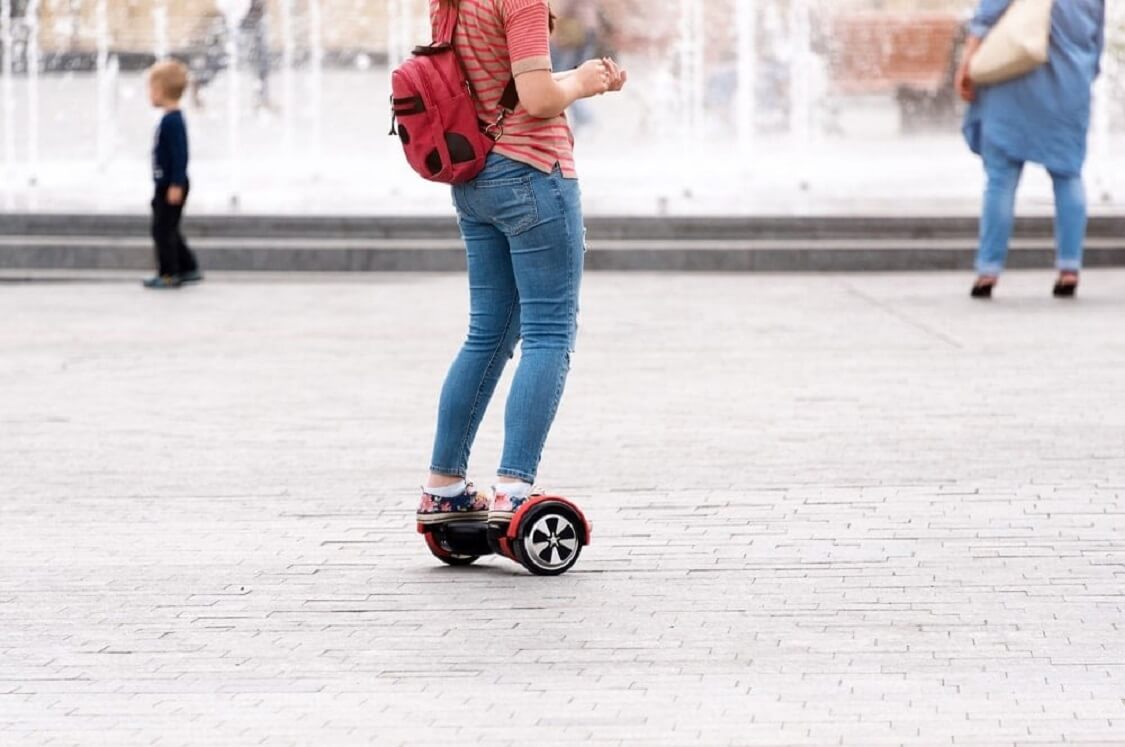
Getting started on a hoverboard marks the beginning of an exciting journey into the realm of futuristic transportation. Before stepping onto the board, familiarize yourself with its features and controls. Place your hoverboard on a flat, level surface, ensuring there are no obstacles around. Turn on the device and position yourself in front of it. One foot at a time, gently steps onto the footpads, making sure your feet are placed shoulder-width apart for optimal balance.
As you become comfortable, maintain a relaxed posture, with your body upright and your gaze forward. Take a few moments to find your center of gravity, allowing the hoverboard to adjust and respond to your weight distribution. The initial moments may feel slightly challenging, but with patience and practice, you’ll soon find yourself gliding effortlessly, ready to explore new horizons with your hoverboard.
Finding Your Balance
At first, it may feel a bit wobbly, but fear not; finding your balance is the crux of hoverboarding. Focus on keeping your body upright, and avoid leaning too far forward or backward. Gently shift your weight to move in the desired direction.

Finding your balance is the cornerstone of hoverboarding success, akin to finding your sea legs on a ship. As you stand atop the hoverboard, focus on maintaining an even distribution of weight between both feet. Keep your body relaxed, with your core engaged to assist in stability. Initially, slight wobbling may occur, but don’t be discouraged. It’s a natural part of the learning process.
To improve your balance, start by practicing in an area with support, such as a wall or a friend’s hand. Gradually, as your confidence grows, you’ll notice your balance becoming more instinctive, allowing you to glide smoothly and confidently. Remember, patience and perseverance are the keys to finding your hoverboard balance, paving the way for an unparalleled sense of freedom and exhilaration.
Mastering the Movement
To move forward, apply slight pressure with your toes on both footpads. If you want to reverse, press gently with your heels instead. To steer, tilt one foot forward while keeping the other flat. Gradually, you’ll find yourself gliding effortlessly in any direction you choose.

Mastering the movement on a hoverboard is akin to dancing with grace and precision. As you gain confidence with your balance, it’s time to explore the art of propulsion and control. To move forward, gently lean your body weight slightly forward, pressing down with your toes on both footpads. Likewise, to reverse, lean backward, applying pressure with your heels. The key to fluid movement lies in subtle shifts of weight, so avoid making abrupt movements that may throw off your balance.
Once you’ve mastered forward and backward gliding, focus on perfecting turns by leaning in the direction you wish to go. With practice, you’ll be gliding smoothly and effortlessly, effortlessly navigating your surroundings, and embracing the true joy of hoverboarding.
Practice Makes Perfect
Hoverboarding requires patience and practice, especially during the initial stages. Practice regularly in an open space with minimal obstructions until you build confidence and control over the board. Don’t be discouraged by minor setbacks; everyone experiences a learning curve.
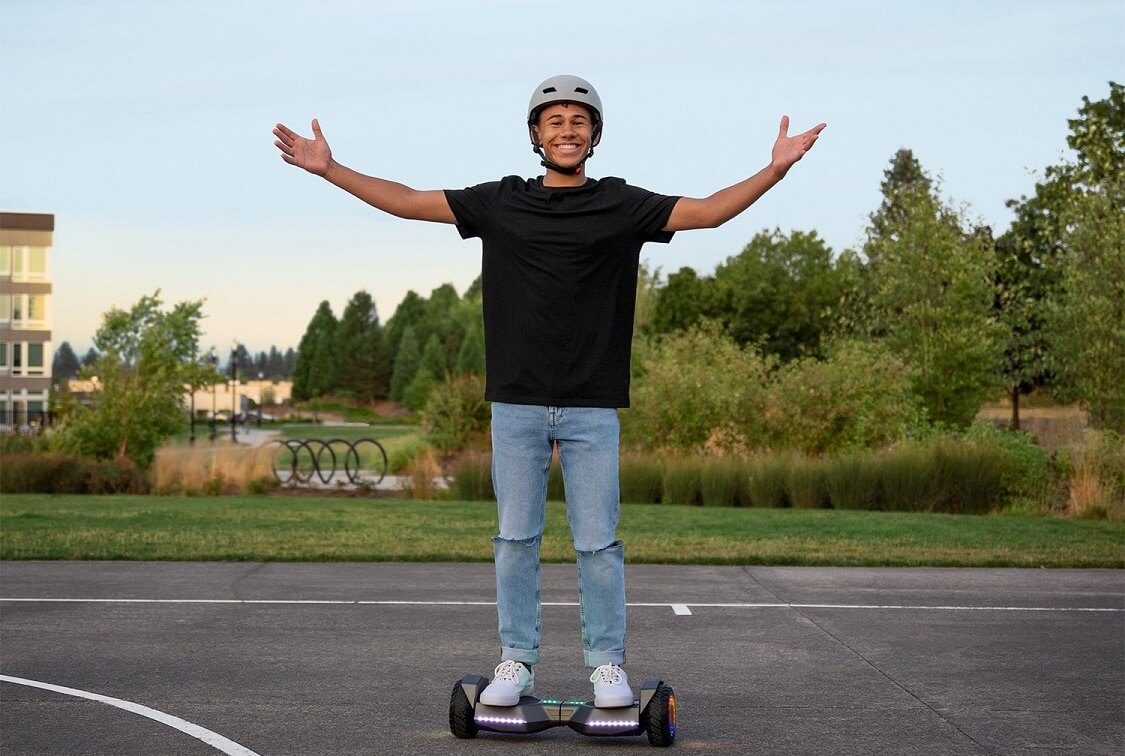
The adage “practice makes perfect” holds true for hoverboarding like any other skill. Regular practice is the bridge that takes you from a novice to a hoverboarding maestro. Dedicate time each day to hone your skills, starting with simple maneuvers and gradually progressing to more advanced techniques. Patience and persistence are your allies during the learning process, as you build muscle memory and improve your reflexes.
Embrace the journey and enjoy every moment of progress, celebrating even the smallest milestones. Remember, the more you practice, the more confident and comfortable you become, setting the stage for an exhilarating and seamless hoverboarding experience that you’ll cherish for a lifetime.
Nailing the Turns
Once you’re comfortable with straight-line riding, it’s time to conquer turns. To execute a smooth turn, gently shift your weight in the desired direction while maintaining a relaxed stance. With practice, you’ll be executing perfect figure eights in no time!
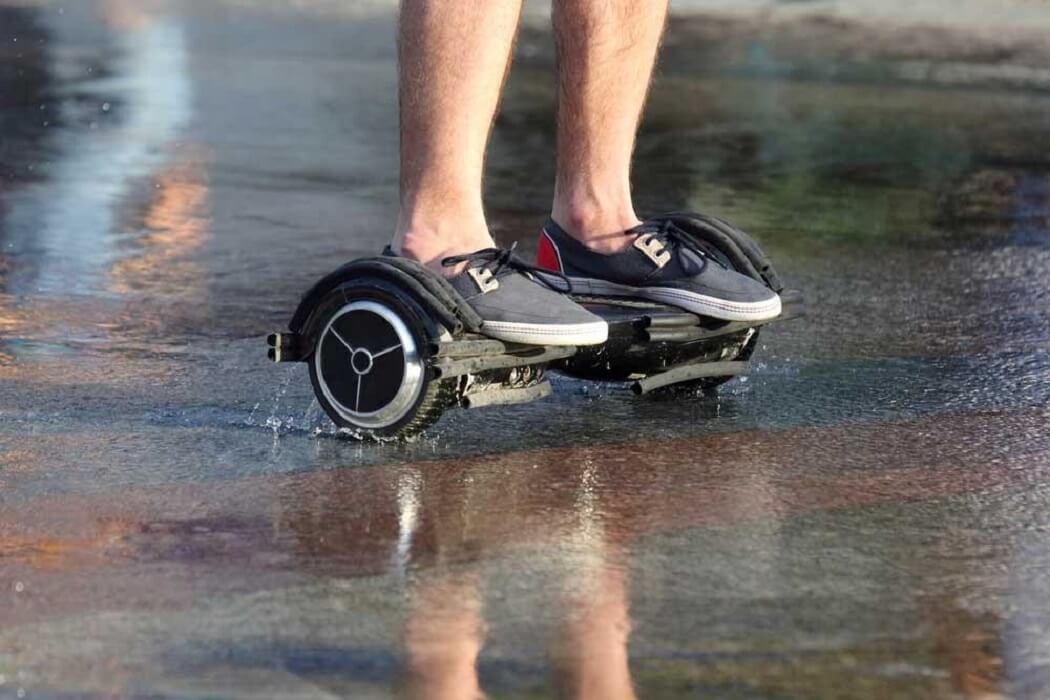
Nailing the turns on a hoverboard adds an artistic flair to your riding style and enhances your overall maneuverability. As you become more proficient in straight-line gliding, focus on mastering the art of smooth and controlled turns. To execute a seamless turn, initiate the movement by gently shifting your body weight in the desired direction while keeping your gaze fixed on where you want to go.
Engage your core muscles to maintain balance throughout the turn, and avoid sudden or jerky movements that might disrupt your flow. With practice, you’ll feel the graceful arc of the turn under your feet, allowing you to effortlessly navigate corners and twists, making each ride a delightful display of hoverboard finesse.
Mastering Advanced Techniques
As you gain confidence, you can experiment with some advanced tricks like 180-degree turns, riding backward, or even gliding down gentle slopes. However, remember to stay within your skill level and never attempt stunts beyond your expertise.
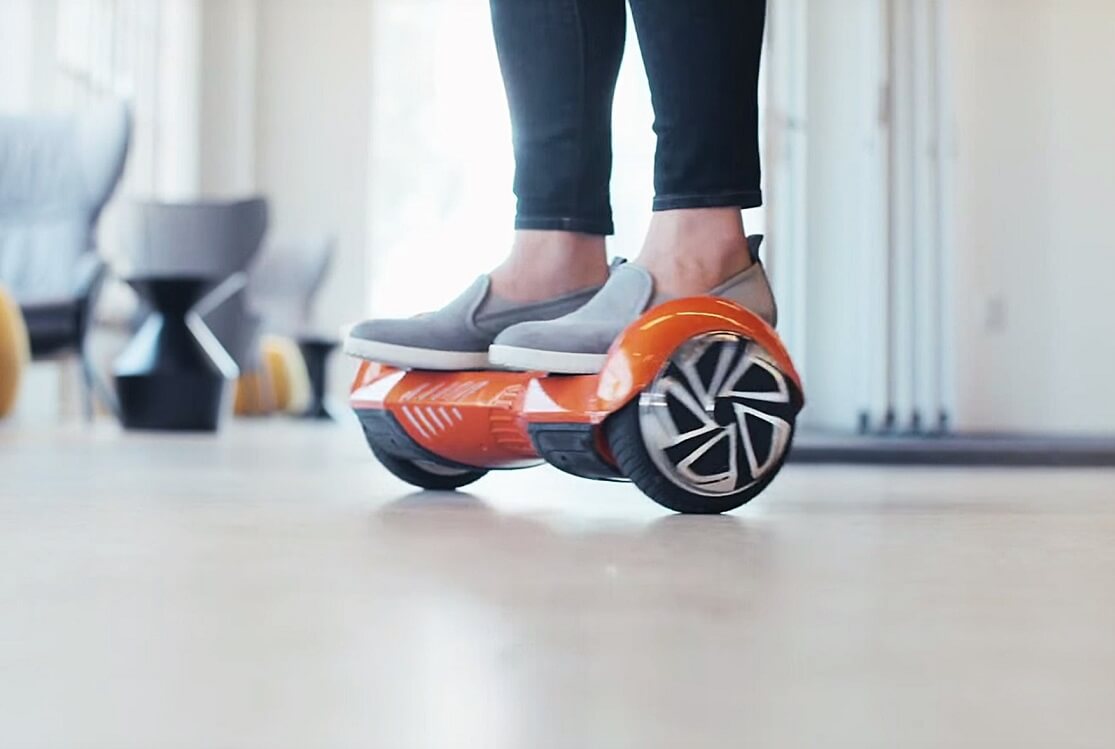
Once you’ve conquered the basics of hoverboarding, delving into mastering advanced techniques opens up a whole new realm of possibilities. From eye-catching tricks to seamless transitions, these techniques elevate your hoverboarding skills to a mesmerizing level. Challenge yourself with 180-degree turns, executing a graceful pivot mid-ride. Riding backward unlocks a whole new perspective, requiring heightened balance and control.
As you progress, consider tackling gentle slopes, conquering inclines with finesse. Always remember to stay within your skill level and exercise caution when attempting advanced maneuvers. With determination and a sense of adventure, you’ll unlock the full potential of your hoverboard and truly embrace the thrill of limitless movement.
Riding Etiquette
When riding in public spaces or parks, it’s essential to follow good hoverboarding etiquette. Be mindful of pedestrians, yield to others, and avoid reckless behavior. Your responsible approach will contribute to a positive image of hoverboarding in the eyes of the public.
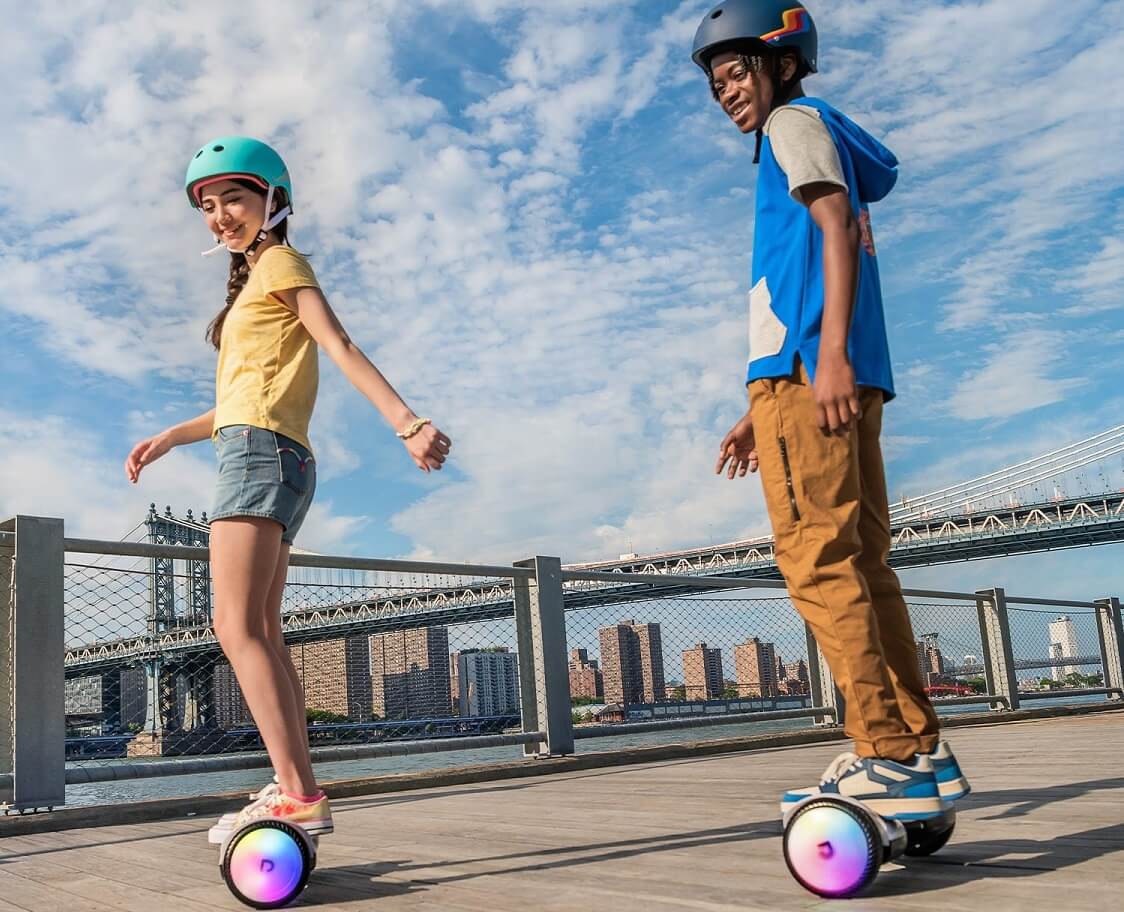
Riding etiquette is the code of conduct that ensures a harmonious and safe hoverboarding experience for everyone. When riding in public spaces or crowded areas, always be mindful of pedestrians, cyclists, and other users. Yield the right of way and maintain a reasonable speed to prevent accidents. Avoid sudden stops or sharp turns that might catch others off guard. If you encounter congested areas, dismount and walk your hoverboard until it’s safe to resume riding.
Respect private properties and follow any rules or regulations regarding hoverboard usage. Additionally, be considerate of the environment by properly disposing of waste and not disturbing wildlife. By embodying responsible riding etiquette, you contribute to fostering a positive image of hoverboarding and creating a welcoming space for everyone to enjoy this futuristic mode of transportation.
Conclusion
Hoverboarding is more than just a mode of transportation. It’s an experience that fuses technology, fun, and freedom. By selecting the right hoverboard, prioritizing safety, and mastering the art of balance and control, you’ll soon become a hoverboard pro. So, step onto your hoverboard, embrace the thrill of gliding, and venture into the future with style!
How To Ride a Hoverboard: Tips and Tricks Video
FAQ
Q: What type of hoverboard is best for beginners?
A: For beginners, a hoverboard with larger wheels, a lower maximum speed, and a learning or beginner mode is ideal. These features provide better stability and control, making it easier for newcomers to get accustomed to riding.
Q: How long does it take to learn how to ride a hoverboard?
A: The learning curve for hoverboarding varies from person to person. With regular practice, most individuals can gain basic riding skills within a few hours or days. However, mastering advanced techniques may take several weeks of consistent practice.
Q: Is hoverboarding safe for children?
A: Hoverboarding can be safe for children, provided they wear appropriate safety gear and receive proper supervision. Children should start with age-appropriate hoverboards and should be taught the basics by an experienced adult. Always ensure the hoverboard’s weight capacity accommodates the child’s weight.
Q: Can I ride a hoverboard on any surface?
A: Hoverboards are designed for smooth and level surfaces. They perform best on pavements, sidewalks, and indoor floors. Avoid riding on rough or uneven terrain, gravel, or wet surfaces, as it may affect the board’s performance and compromise safety.
Q: Can I ride a hoverboard uphill?
A: While some hoverboards are capable of climbing gentle slopes, it’s essential to check the manufacturer’s specifications to determine the maximum incline the board can handle. Riding uphill requires advanced skill and balance, so it’s recommended for experienced riders.
Q: How do I maintain my hoverboard?
A: Regular maintenance ensures optimal performance and longevity. Keep the footpads clean and free from debris. Check the wheels and tires for any signs of wear or damage. Keep the hoverboard’s battery charged properly and store it in a cool, dry place when not in use.
Q: Can I perform tricks on a hoverboard?
A: Yes, once you have mastered the basics and are confident in your riding skills, you can attempt some tricks. Start with simple tricks like 180-degree turns and gradually progress to more advanced maneuvers like riding backward or executing spins. Always prioritize safety and practice in a safe environment.
Q: Are hoverboards waterproof?
A: Most hoverboards are not waterproof and should not be ridden in wet conditions. Water can damage the internal components, including the battery, leading to malfunction and safety hazards. Always avoid riding in the rain or wet environments.
Q: Can I ride a hoverboard in public places?
A: Hoverboard regulations vary by location, so it’s essential to check the local laws and regulations regarding hoverboard usage in public spaces. Some places may allow hoverboards on sidewalks and pedestrian areas, while others may restrict their use to specific locations.
Q: How fast can a hoverboard go?
A: The speed of a hoverboard depends on the model and brand. Most hoverboards have a maximum speed ranging from 6 to 10 miles per hour (10 to 16 km/h). Always check the specifications of the hoverboard to know its top speed.
